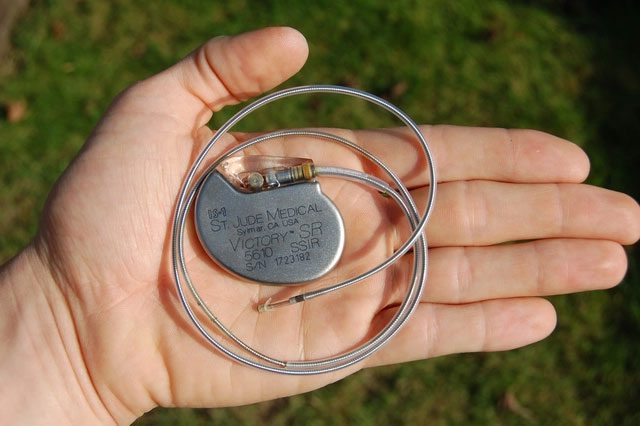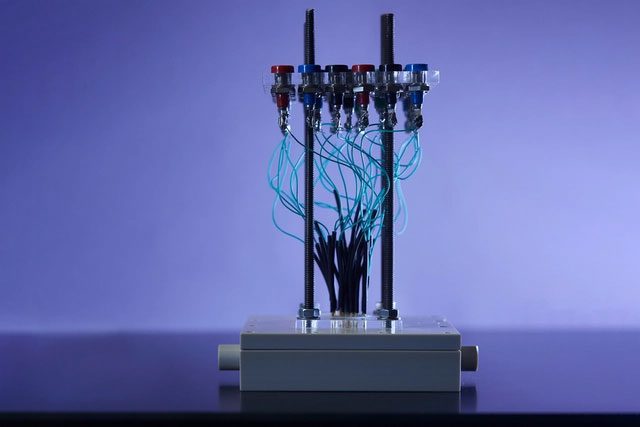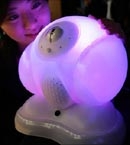Our bodies absorb glucose from food, which provides the energy needed to power every cell within us. Given its nature as a source of energy, could glucose become a “lifeline” for medical devices implanted in the body?
Engineers from the Massachusetts Institute of Technology (MIT) and the Technical University of Munich recognize this potential and have designed a glucose energy cell that can directly convert sugar in the body into energy. The device is smaller than previous models reported, measuring only 400 nanometers thick (about 1/100th the diameter of a human hair).
The energy source from sugar generates approximately 43 microwatts per square centimeter of device area, setting a record for the highest energy density ever recorded. Notably, the device operates under normal conditions.
Another impressive feature is that the device is durable and can withstand temperatures up to 600 degrees Celsius. It can “survive” the implantation process, which includes high-temperature sterilization.
![]()
Silicon chip with 30 glucose energy cells – small compartments within the chip.
The heart of the modern device is made from ceramics, a material that continues to establish its place in technology. Researchers envision a bright future where energy cells could be thinned into a film layer or wrapped around implantable devices. This would allow them to absorb the abundant glucose within the body to power the devices.
“Glucose is present throughout the body; the idea here is to harness this available energy to operate electronic devices,” says Philipp Simons, the designer of the new device. “Our experiments showcase glucose energy cells utilizing new electrochemical technology.”
Renowned professor Jennifer L.M. Rupp, who supervises the project, states: “Instead of using batteries, which take up to 90% of the volume of implantable devices, you could create a device as thin as a film, occupying minimal space.”

Size of a typical pacemaker device.
The multinational research team is not the first to consider glucose as an energy source for electronic devices; brilliant minds from the 1960s had already envisioned the potential of sugar in the body. However, breakthrough technology has remained overshadowed by lithium-iodide batteries for many years, unable to serve as a power source for implantable devices such as pacemakers.
However, lithium-iodide battery technology, like other mainstream battery technologies today, has a significant weakness. Batteries need a large volume to store energy.
“Our energy cells convert energy rather than store it,” Professor Rupp notes about the space-saving potential for future devices. In recent years, glucose-powered energy cell technology has gained more attention from research institutions.
Device Structure
The basic design of the glucose energy cell consists of three layers: two electrodes at both ends, with an electrolyte layer in the middle. The anode electrode on top reacts with glucose present in bodily fluids, converting sugar into gluconic acid. This metabolic process releases a pair of protons and a pair of electrons. The electrolyte acts as a separator for protons and electrons, allowing electrons to flow freely into an electric circuit, where they demonstrate their energy-providing capabilities.
The electrolyte also serves as a bridge that allows protons to move throughout the energy cell, enabling protons to combine with air and produce harmless water as a byproduct.

Research device used to activate energy cells.
The electrolyte in the middle is made from ceria, a ceramic material with high ionic conductivity, which can be shaped flexibly and is widely used in hydrogen energy cell production. Studies indicate that ceria is also biocompatible.
“Ceria has been extensively studied in the cancer research community,” says Simons. “It shares many similarities with zirconia, which is used in dental implants, and also possesses safety and high biocompatibility with materials.”
In tests, many energy cells achieved a voltage level of 80 millivolts, marking the highest energy density among all glucose battery models to date. According to Simons, the research team generated enough energy to power an implantable device.
“They have opened a new pathway in the manufacturing of tiny power sources for implantable devices and many other functions,” says Truls Norby, a chemistry professor at the University of Oslo, who is not involved in the new research. “The ceramics used are non-toxic, low-cost to produce, and adaptable to bodily conditions and sterilization processes. The idea and the prototype device are very promising.”




















































